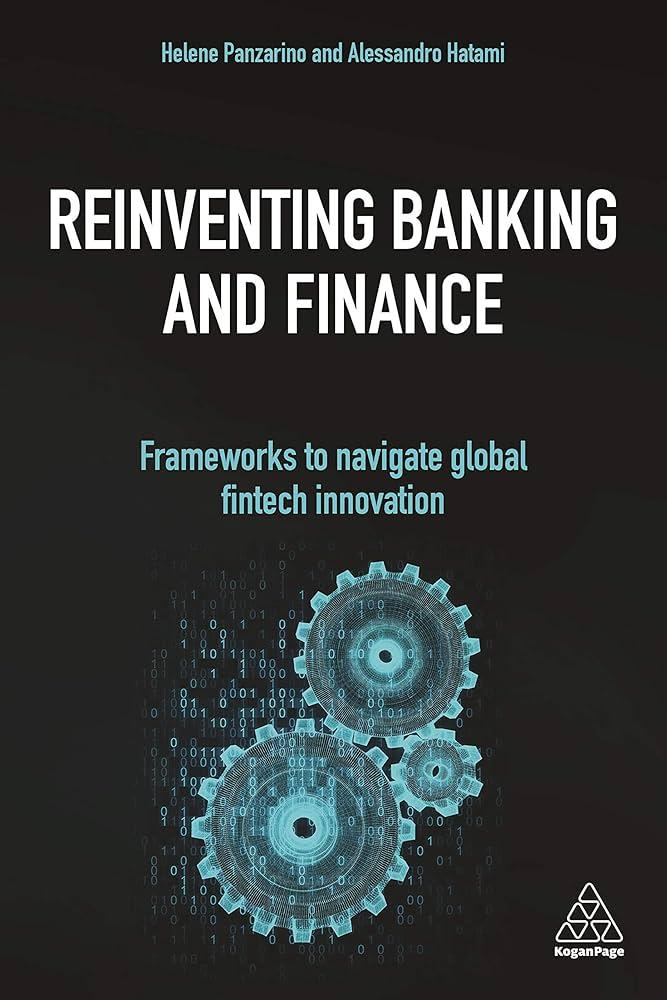Fintech is no longer the upstart at the edge of finance; it is rewiring the core. Real-time payment rails, open banking APIs, and AI-driven risk models are moving from pilots to production, compressing settlement to seconds and shifting competition to whoever controls the customer journey.
From FedNow and RTP in the United States to UPI in India and SEPA Instant across Europe, instant payments are becoming table stakes. As regulators push toward data portability and stronger consumer protections, the boundary between banks, fintechs, and big-tech platforms is blurring, intensifying the race to deliver always-on, embedded financial services.
examines how incumbents are building, buying, and partnering to keep pace; where profits may migrate in a world of digital wallets, tokenized deposits, and embedded finance; and the risks that rise with speed-fraud, cybersecurity, and systemic resilience-at a moment when the next phase of banking is arriving faster than many expected.
Table of Contents
- AI driven risk models reshape credit underwriting with calls for transparent datasets continuous monitoring and independent model audits
- Real time payments enter the mainstream as banks and fintechs work jointly to build payment rails and recommend phased adoption of the new messaging standard and around the clock fraud controls
- Embedded finance unlocks new revenue streams but requires default deny security architecture explicit consent management and clear shared liability with platform partners
- Closing Remarks
AI driven risk models reshape credit underwriting with calls for transparent datasets continuous monitoring and independent model audits
As lenders accelerate the use of machine learning in credit decisions, supervisory scrutiny is mounting: the EU AI Act classifies credit scoring as high-risk, U.S. model risk management guidance stresses independent validation, and consumer regulators demand explainability to curb disparate outcomes. In response, banks are rebuilding underwriting stacks around data lineage, challenger models, and real-time controls to keep approvals fair, stable, and defensible, while boards seek auditable pipelines that can withstand regulatory and legal review.
- Transparent datasets: provenance tracking, consent management, feature documentation, and bias testing across protected groups, with scheduled data refresh and retention policies.
- Continuous monitoring: drift detection, segmented performance dashboards (PD, default rates, approval/decline patterns), and alerts tied to predefined thresholds with rapid rollback paths.
- Independent model audits: third‑party validation, challenge testing, reproducible pipelines, and governance that separates model developers from approvers and owners.
Real time payments enter the mainstream as banks and fintechs work jointly to build payment rails and recommend phased adoption of the new messaging standard and around the clock fraud controls
As instant settlement shifts from pilot to production, banks and fintechs are co-developing shared rails and governance to scale volume safely; industry consortia are backing a structured transition to the new messaging standard (ISO 20022) to limit operational risk, while embedding around‑the‑clock fraud controls-from real-time behavioral analytics and confirmation-of-payee to adaptive limits and automated recovery workflows-positioning instant transfers as core infrastructure for commerce, payroll, and disbursements.
- Market impact: Lower checkout drop-off, faster wage access, and immediate claims payouts.
- Operational playbook: Phased cutovers, dual-format support, and API gateways that bridge legacy cores.
- Risk posture: 24/7 monitoring, shared intelligence, and step-up authentication for high-risk flows.
- Compliance lens: Data-rich messaging improves sanctions screening, AML detection, and auditability without sacrificing speed.
- Next steps: Banks publish migration roadmaps; fintech partners roll out SDKs, sandboxes, and conversion toolkits.
Embedded finance unlocks new revenue streams but requires default deny security architecture explicit consent management and clear shared liability with platform partners
Banks weaving payments, lending, and accounts into retail, SaaS, and gig-economy platforms are seeing fresh take-rate revenues, interchange uplift, and deposit growth, yet risk teams and lawyers are rewriting the playbook to satisfy regulators and counterparties. The consensus from recent deals: adopt a default-deny posture across APIs and data flows; operationalize explicit consent with verifiable records, revocation, and purpose limits; and codify shared liability with platform partners to prevent dispute ping-pong. That means zero-trust access, policy-as-code enforcement, auditable consent UX, and contractually defined incident and chargeback paths-backed by real-time monitoring and third-party risk controls that stand up to audit.
- Default-deny API gateways with least-privilege scopes and step-up authentication for risky actions.
- Explicit consent ledgers with time-bound, purpose-limited grants and easy revocation.
- Data minimization and tokenization to curb exposure across partner ecosystems.
- Shared liability matrices that assign KYC/KYB, fraud, AML, and chargeback ownership.
- Service-level covenants for uptime, dispute turnaround, and incident disclosure.
- Continuous monitoring of partner APIs with anomaly detection and kill switches.
- Regulatory alignment with GDPR/CPRA consent rules and open-banking obligations.
- Capital and insurance buffers sized for partner-driven credit and fraud loss volatility.
Closing Remarks
As digital wallets, instant payments, and AI-driven services move from pilot to product, the boundaries between banks and fintechs are blurring. Incumbents are leaning on partnerships and cloud migration to speed delivery, while startups seek scale and licenses to deepen trust. Regulators from Washington to Brussels are simultaneously widening the lanes for open finance and tightening guardrails on data, capital, and algorithmic risk-pressure that could separate durable models from hype.
The next phase will be defined as much by trust and compliance as by code. If firms can pair speed with resilience, personalization with privacy, and innovation with inclusion, the winners will not only capture market share but also reset consumer expectations. For banks and challengers alike, the race is no longer about disruption; it’s about execution at scale.


